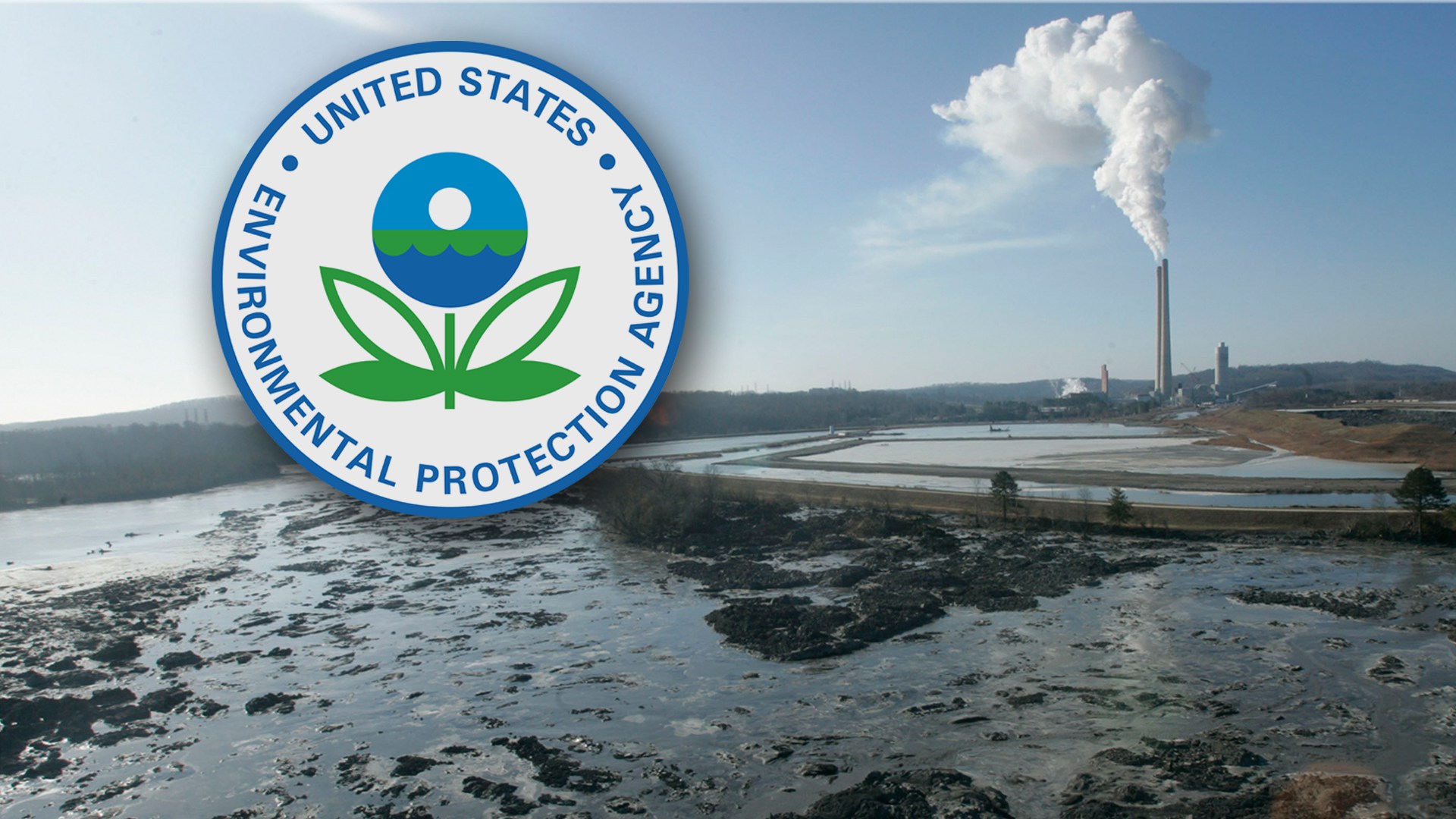Mercury, a notably powerful neurotoxin, can seriously impair children’s neurological development and cause other health issues. By controlling these emissions, the regulations will concurrently diminish the greenhouse gases produced during the combustion of coal for electricity, thus contributing to the wider battle against global warming.
This recent resolution forms part of the Biden administration’s broader goal to reverse environmental policy alterations enacted during the Trump administration. By reinforcing the mercury pollution regulations first introduced in 2012, the incumbent administration is clearly indicating its dedication to robust environmental regulations, prioritizing public health and environmental considerations over industry interests.
Janet McCabe, the Deputy Administrator of the Environmental Protection Agency (EPA), has expressed her support for the decision, emphasizing its prospective benefits for public health. The EPA’s records indicate that the initial 2012 rule resulted in substantial reductions in mercury and acid gas emissions, with mercury emissions falling by 86% and acid gas emissions plummeting by an astonishing 96% by 2017.

The administration’s initiatives extend beyond this. The EPA is in the process of formulating its own stricter mercury standard, with the intention to propose and finalize it before President Biden’s first term concludes. This new standard forms part of a holistic set of regulations scheduled for launch this spring, aimed at tackling pollution from coal-fired power plants, including the appropriate disposal of coal ash.
Additionally, the EPA intends to establish a rule to control greenhouse gases, such as carbon dioxide and methane. Nevertheless, due to a Supreme Court decision last year that restricted the EPA’s power to broadly control carbon pollution, this rule’s scope is predicted to be narrower than what environmental advocates would prefer.
In essence, the actions of the Biden administration reveal a commitment to enhancing environmental protections, bettering public health, and tackling the problems posed by climate change. The implementation of stricter regulations and the emphasis on comprehensive environmental policies represent a marked departure from the policies of the preceding administration.
These regulatory developments come at a time when many of the nation’s coal-fired power plants are aging, and no new ones are being built due to the increasing operating costs. Consequently, stricter federal regulations on mercury, coal ash, and greenhouse gas emissions could expedite the closure of more coal-fired plants. This outcome aligns with the current trend of utilities moving away from coal in favor of cleaner energy sources.
From a broader perspective, these steps taken by the Biden administration signify an unwavering commitment to environmental protection and public health. It also demonstrates a strategic vision that aligns domestic policy with international commitments to address climate change. The policy reversal serves as a tangible demonstration of the administration’s dedication to transitioning the US energy sector towards more sustainable and cleaner energy sources.
While the full impact of these policy reversals will only become apparent in the long term, the Biden administration’s stance presents a clear shift towards prioritizing environmental and public health over deregulation. This commitment, coupled with the continued push for cleaner energy alternatives, offers a promising path for the country’s environmental future. However, the delicate balance between environmental protection, energy affordability, and economic growth remains a challenge that the administration will need to manage in the years to come.
©world-news.biz
